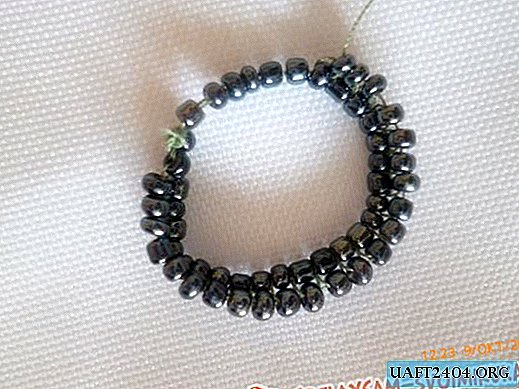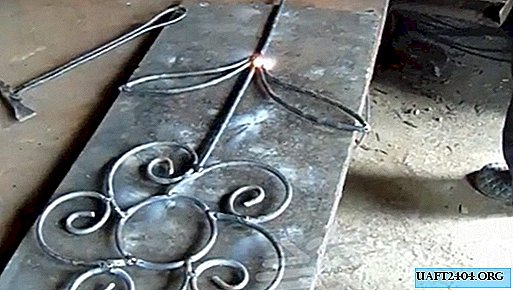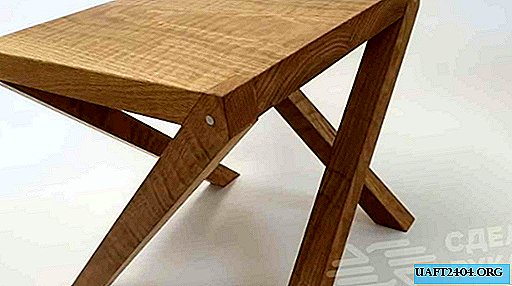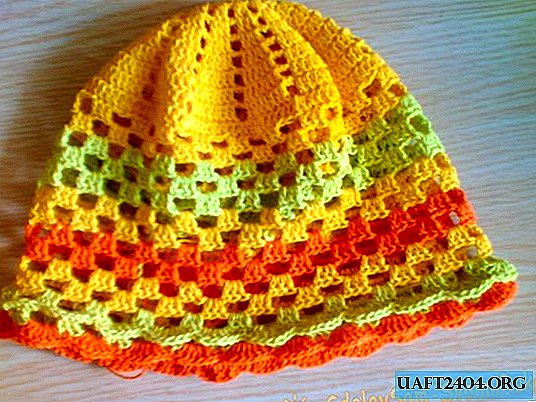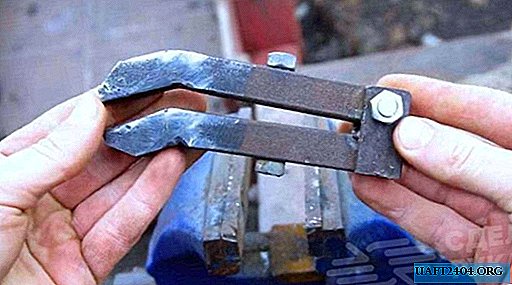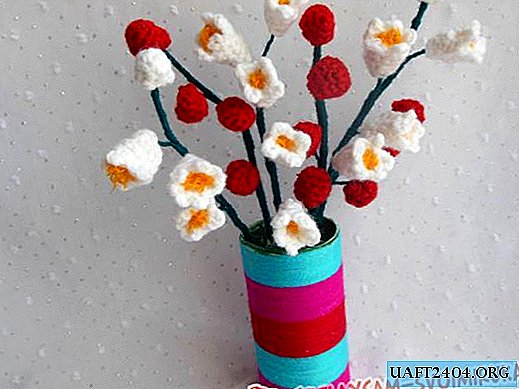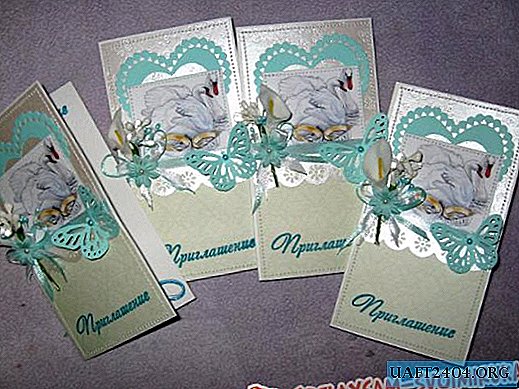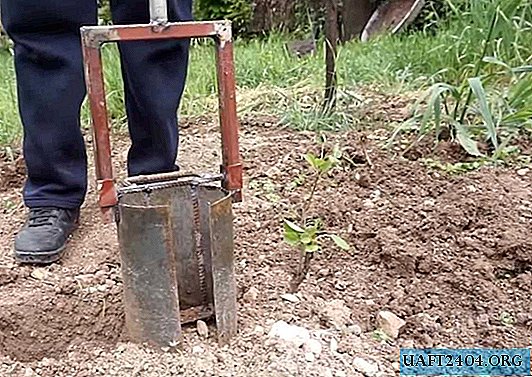Share
Pin
Tweet
Send
Share
Send
To work, you should collect the following components:
- corrugated paper in saturated green and brown shades;
- a thin but strong wire;
- scissors;
- pliers;
- a tube with surfactant glue.
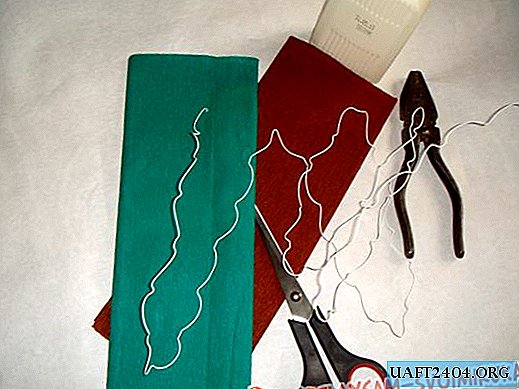
Cut a strip of green paper across the entire length, 5-6 cm wide. And divide it into four equal parts.

Cut the fringe into all strips. This should be done on the one hand, not reaching the edge by 2 cm. The width of thin stripes should be 5 mm.

Then, with your fingers, start twisting each strip into a thin needle.

This is how the green blank should look. These need 4 pieces.

Take the wire and begin to form a twig. The paper is perfectly fixed with PVA glue. The turns on the wire must be glued in a spiral. One strip of corrugated paper covers 9 cm of wire.

It is better to make branches separately, and then twist them into a single whole.

Now proceed to making cones.
It is also necessary to cut off a strip of brown. Throughout the length of the skein of paper and a width of 5-6 cm.

Cut it into equal three segments.
Now you need to form a wavy edge. To do this, move from right to left. Fold the right corner of the paper toward you. Then bend again with your right hand. Then, with the thumb of the right hand, bends the edge back, and with your right hand do a turn on yourself.
A wavy edge comes out.

This is how finished brown pieces look like.

Now take a piece of wire, wrap it with a piece of brown paper so that the workpiece is more voluminous. Then glue the brown paper in a spiral, not pressing the wavy edge tightly. It turns out a long bump.

Form three bumps. The protruding edge of the wire must be sealed with green paper.
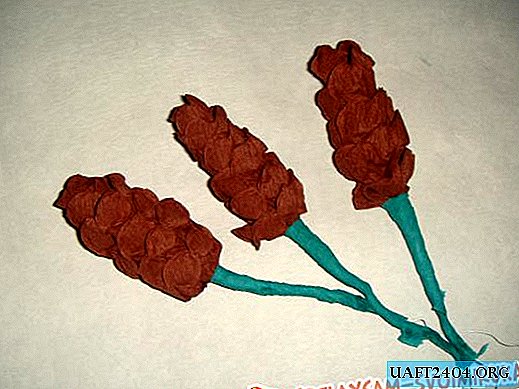
Combine all the green blanks into one lush twig.

Attach the cones on top and twist the ends of the wires tightly.
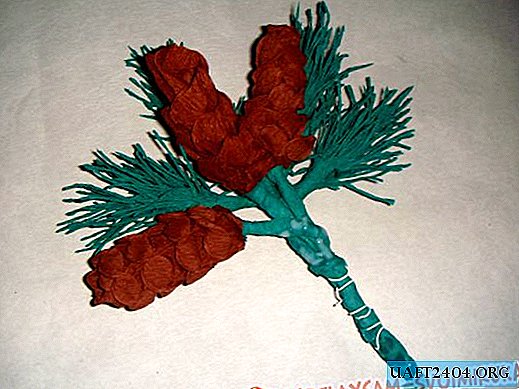
Glue the green corrugated paper over it.



A great alternative to live spruce!
Share
Pin
Tweet
Send
Share
Send

